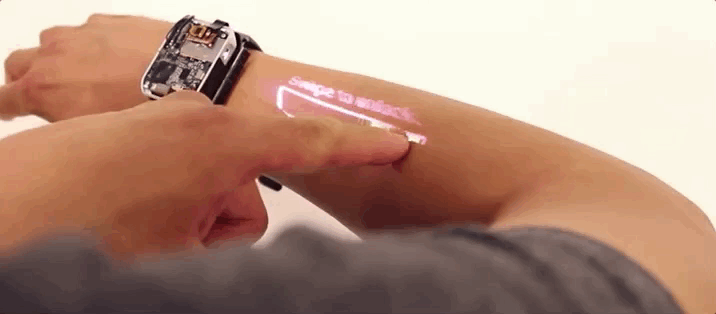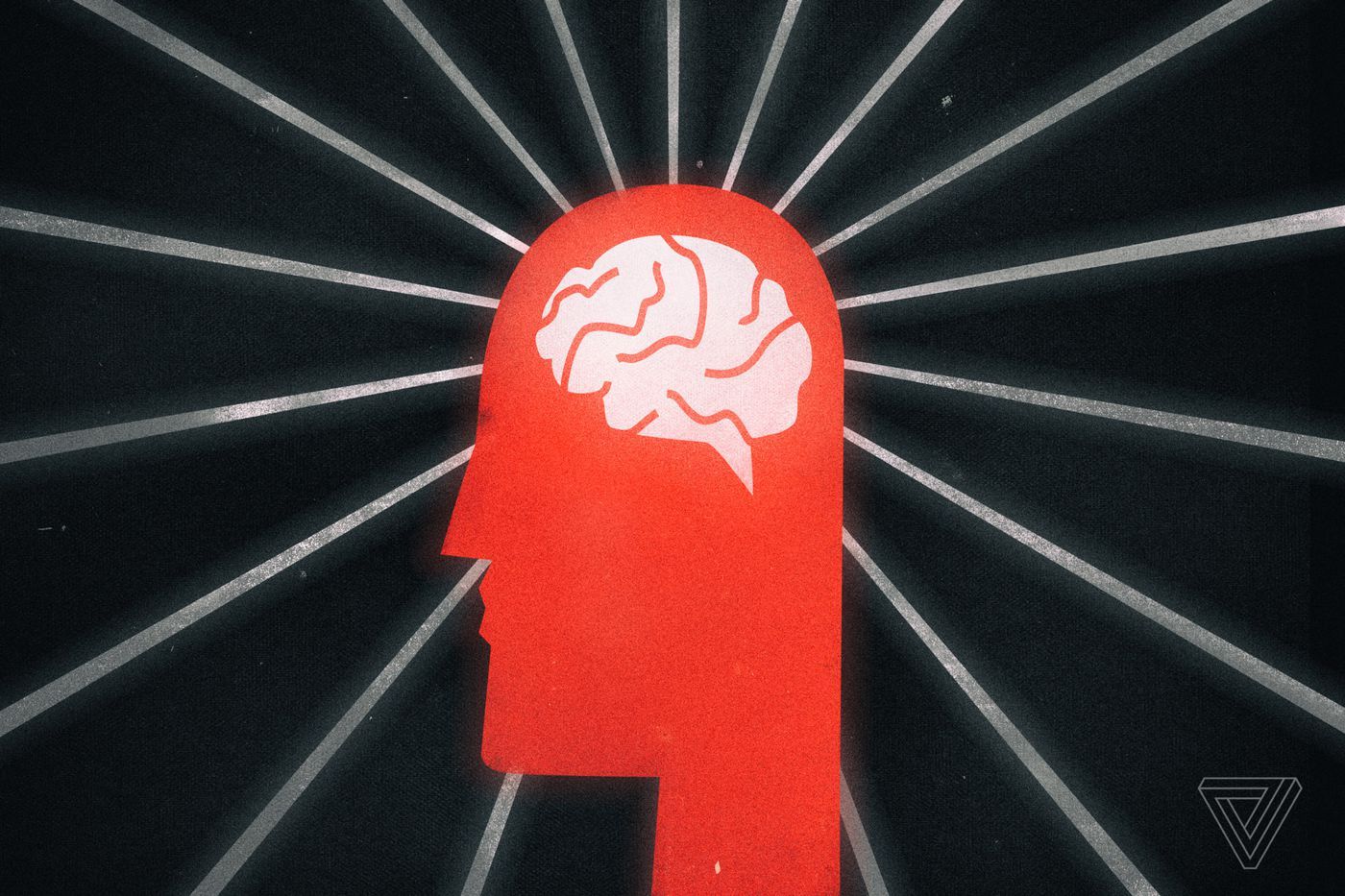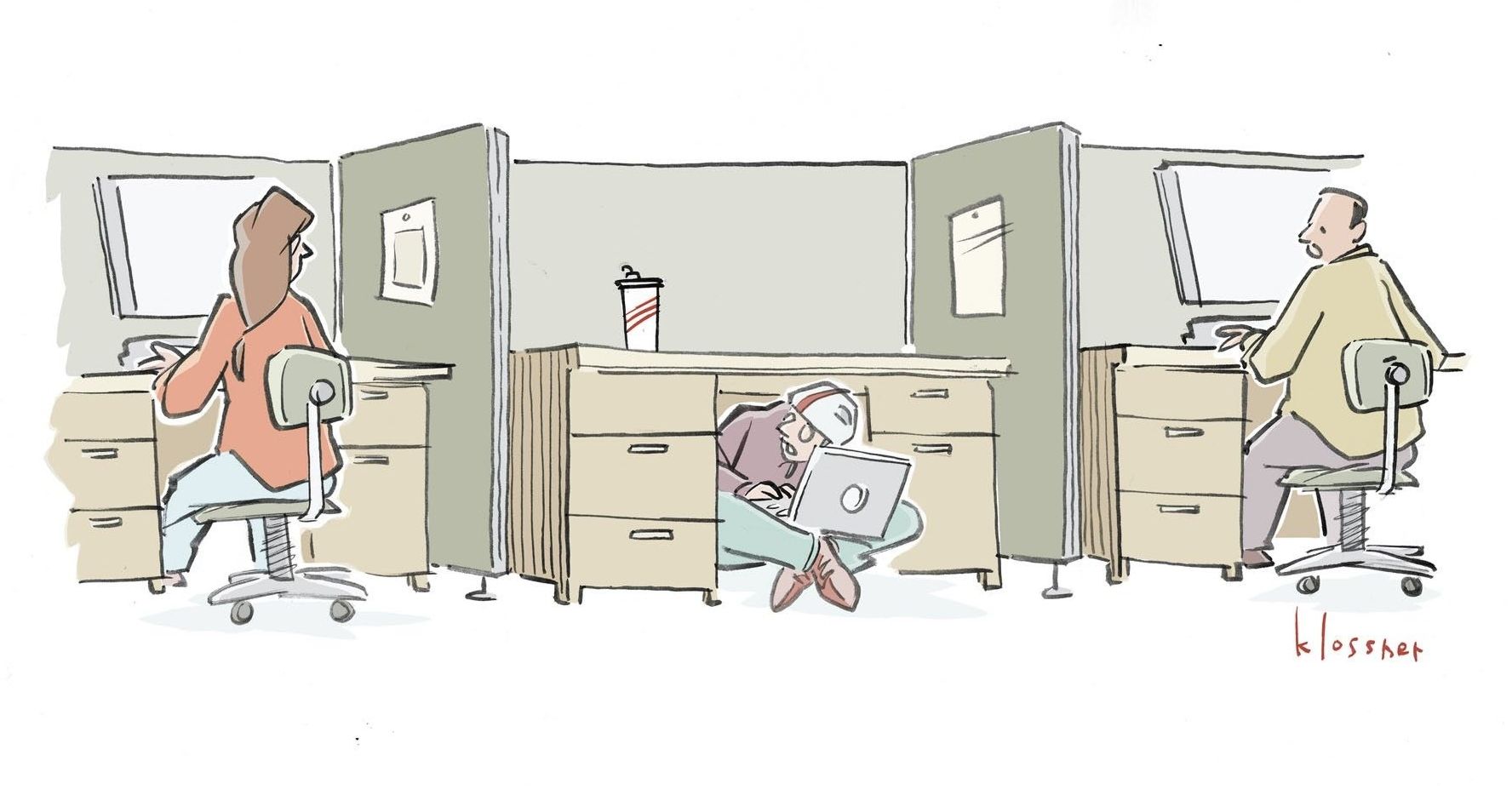A FLYING city built to save the world has been devised by car giant Hyundai as humanity slips towards environmental disaster.



Before 1870, India barely had railroads. It didn’t have many canals either, and only a small percentage of the population lived along the three main rivers. So when goods needed to be transported, people used steer, which could pull freight about 20 miles per day.
But the British, India’s colonial rulers, started building rail lines, and then built some more. By 1930, there were more than 40,000 miles of railroads in India, and goods could be shipped about 400 miles a day.
The result? As MIT economist David Donaldson shows in a newly published study on the economic impact of building infrastructure, railroads fostered commerce that raised real agricultural income by 16 percent.

Researchers at the University of Carnegie Mellon University have unveiled a new “first-of-its-kind” smartwatch that can turn your arm into a touchscreen. The prototype LumiWatch projects an interactive surface area on the wearer’s arm or hand, allowing them to tap and swipe on their skin to use the watch. The prototype shows how an on-body interface might work: you swipe left to unlock the watch, and apps are then displayed along your arm. The watch can project an interface up to 40 square centimeters in size, which the researchers say is roughly 5 times bigger than the interface of a typical smart watch.

Another problem is that we still don’t have enough data about every compound, according to Wolverton, and a lack of data means algorithms aren’t very smart. That said, he and Mehta are now interested in using their method on other types of materials beside metallic glass. And they hope that one day, you won’t need a human to do experiments at all, it’ll just be AI and robots. “We can create really a completely autonomous system,” Wolverton says, “without any human being involved.
For hundreds of years, new materials were discovered through trial and error, or luck and serendipity. Now, scientists are using artificial intelligence to speed up the process.
Amazing comparison of the size of the universe.
Translated.
A new biotech company co-founded by CRISPR pioneer Jennifer Doudna is developing a device that uses CRISPR to detect all kinds of diseases like malaria, tuberculosis, and Zika. The tech is still just in prototype phase, but research in the field is showing promising results. These CRISPR-based diagnostic tools have the potential to revolutionize how we test for diseases in the hospital, or even at home.
Called Mammoth Biosciences, the company is working on a credit card-sized paper test and smartphone app combo for disease detection. But the applications extend beyond that: The same technology could be used in agriculture, to determine what’s making animals sick or what sorts of microbes are found in soil, or even in the oil and gas industry, to detect corrosive microbes in pipelines, says Trevor Martin, the CEO of Mammoth Biosciences, who holds a PhD in biology from Stanford University. The company is focusing on human health applications first, however.
The European Space Agency (ESA) has taken a “galactic census” of the Milky Way, unveiling the second major data release from the Gaia mission. Along with some stars further afield, the data release provides the most detailed map of our home galaxy, which includes position, distance and motion data of nearly 1.7 billion stars, as well as the orbits and positions of thousands of asteroids.
The Gaia spacecraft began scanning the sky in 2014, and in September 2016 the first data release was published based on 14 months of observations. It contained position and brightness data of 1.1 billion stars, as well as the distance and motion data of two million of those stars.
This second data release has expanded the scope dramatically. Using half a million bright, distant quasars as a kind of celestial reference frame, Gaia was able to determine the coordinates of close to 1.7 billion stars, and catalogued the motion of 1.3 billion stars. The latter group includes the velocity and parallax motion – the apparent shift of the stars in the sky caused by the Earth’s orbit – and allows researchers to separate their actual movements from those caused by our moving vantage point.


Critical infrastructure, entertainment, finance, healthcare, telecoms, among recent targets of the Lazarus Group, aka Hidden Cobra.
On the eve of a historic summit with its rival neighbor South Korea and possible subsequent talks with the US President Donald Trump in the coming weeks, North Korea continues full-steam ahead in its mission to gather intelligence and generate income for the regime via its notorious nation-state hacking machine.
North Korea’s pervasive Lazarus Group, aka Hidden Cobra, was recently discovered ramping up a global cyber espionage campaign dubbed Operation GhostSecret, stealing information from organizations in the critical infrastructure, entertainment, finance, healthcare, and telecommunications sectors. Researchers from McAfee unearthed the wave of attacks, which they say first started with targeted hacks of banks in Turkey last month.
This tech might be able to recreate your consciousness in a computer. The only catch? You have to die.